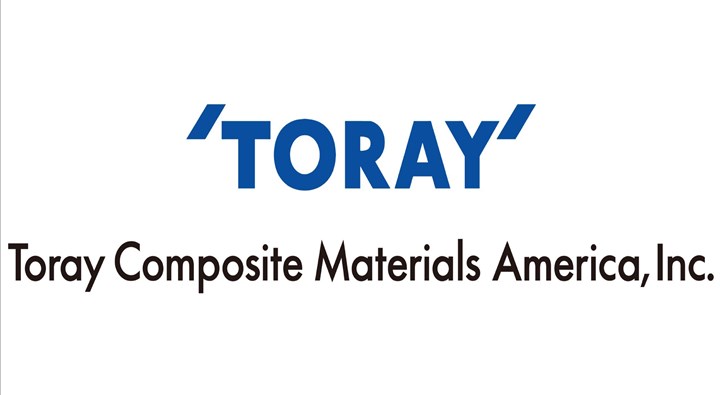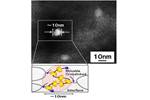Toray announces new AMS specification for CMA 3900 prepreg system
New family of structural prepregs are now available with an extensive public allowable design database.

Toray Composite Materials America Inc. (CMA, Tacoma, Wash., U.S.) announced on March 10 that a new family of structural prepregs, CMA 3900, are now available with an extensive public allowable design database.
The SAE materials committee have created a new AMS spec (AMS6891) specifically for Toray’s 3900-2 unidirectional (UD) and fabric products; Toray says these materials can now be procured and certified to the AMS 6891 specification. Five batches of 3900 allowable design data will be published in the next revision of the CMH17 handbook. The allowable test plan and datasets were created in accordance with FAA requirements and are intended for use in the design and certification of commercial, space and defense primary structural applications.
According to Toray, its 3900 material system has enabled a step-function change in the design of transportation systems by replacing metallic structures with composite materials. The transformation to composite materials is said to significantly reduce structural weights, enabling longer range, improved lifecycle costs and lower carbon emissions than legacy metal designs.
The 3900 system also expands Toray’s product offerings with readily available allowable datasets. The Toray 2510 out-of-autoclave (OOA) prepreg system is also available with existing AMS specifications and has a three-batch allowable dataset generated by the NIAR/NASA/AGATE consortium. Toray adds that it is committed to providing a full range of products with publicly available allowable datasets, and is now working to generate an extensive five-batch dataset with a next-generation T1100/3960 prepreg material.
Related Content
-
TU Munich develops cuboidal conformable tanks using carbon fiber composites for increased hydrogen storage
Flat tank enabling standard platform for BEV and FCEV uses thermoplastic and thermoset composites, overwrapped skeleton design in pursuit of 25% more H2 storage.
-
TPI manufactures all-composite Kenworth SuperTruck 2 cab
Class 8 diesel truck, now with a 20% lighter cab, achieves 136% freight efficiency improvement.
-
Dawn Aerospace reusable rocket-powered aircraft flies twice in one day
Eighth and ninth flights of composites-intensive Mk-II Aurora reach an altitude of 63,000 feet, demonstrates same-day reusability capability for rocket-powered systems.













